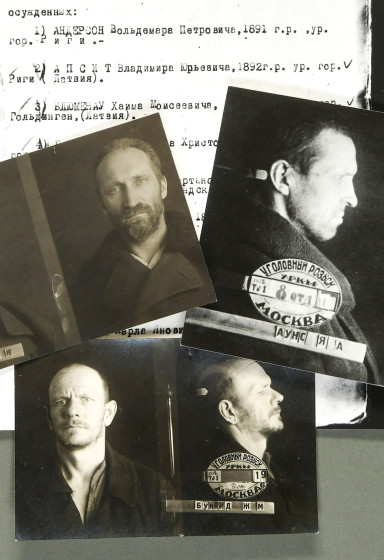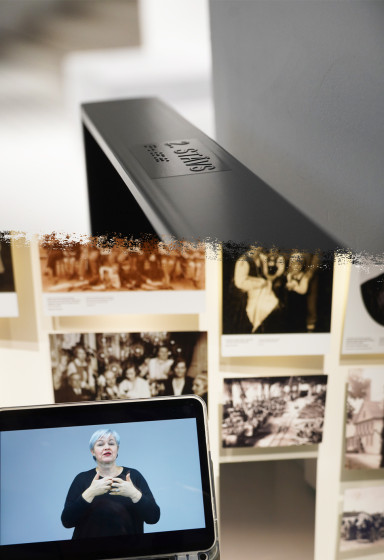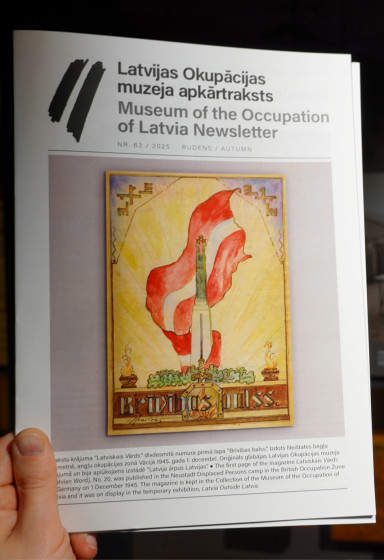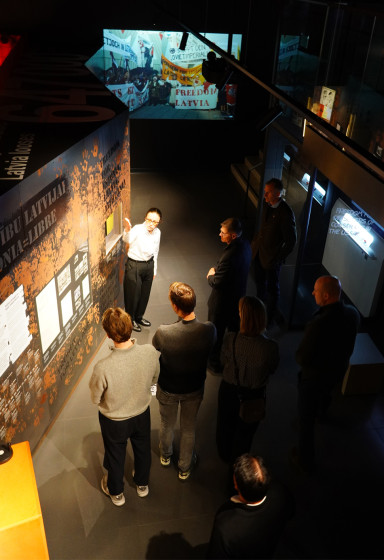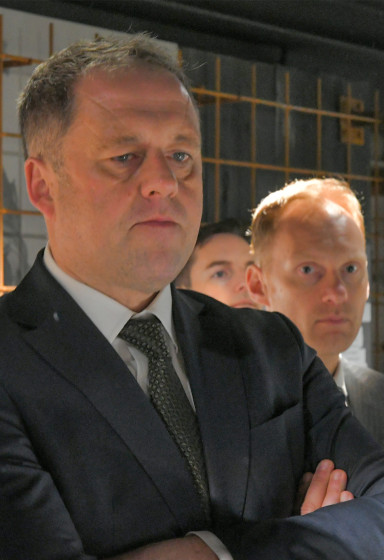Donate to Museum
Each donation helps to ensure the Museum's activities, allowing it to function and provide information for people from all over the world.
The Museum is grateful to each donor and invites everyone to contribute.
Valters Nollendorfs delivered a Latvian Independence Day address in Chicago and Kalamazoo, Michigan
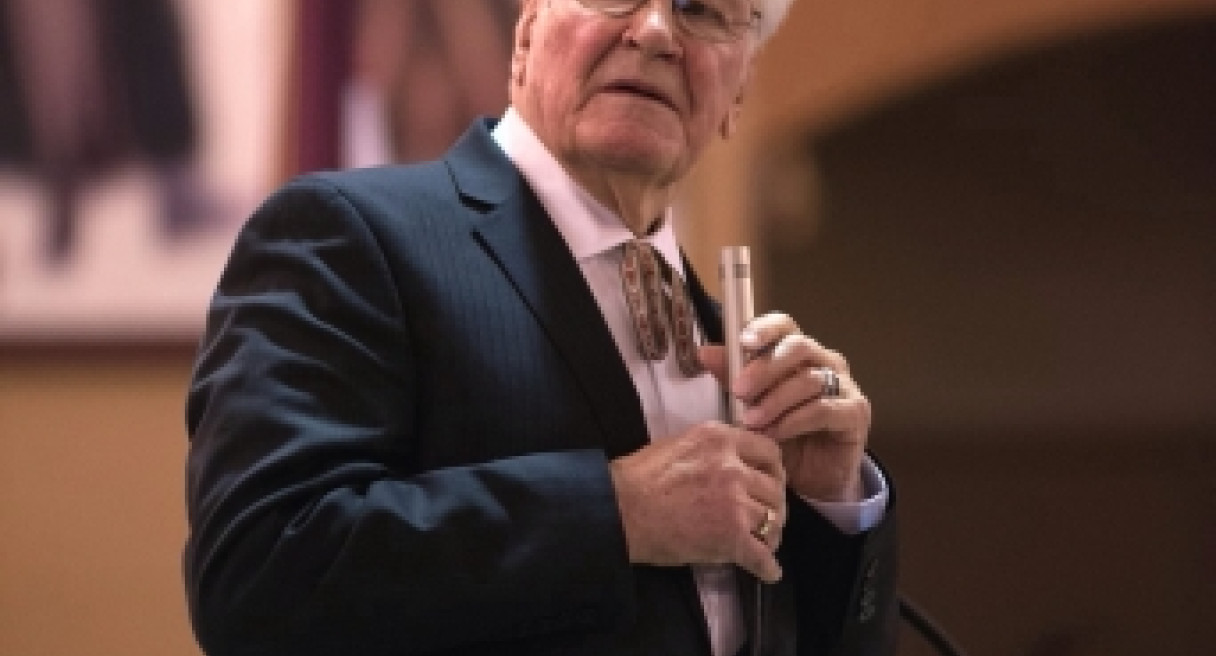
Valters Nollendorfs, Chairman of the Occupation Museum Association of Latvia, delivered a Latvian Independence Day address in Chicago on 18 November and a day later in Kalamazoo, Michigan. He presented the plans for the Museum's new exposition as a narrative of the Latvian state, nation and land from independence to occupation and suppression to renewed independence. He announced that the approved plans of the Museum's Building for the Future will be submitted to the Building Board within a few days and that the building will adhere to the original 2001 conception of the late distinguished architect Gunnar Birkerts, His conception is expressed as a metaphor – from the dark past, represented by the original building's blackened copper plates, to the bright present, represented by the addition's white granite, to the transparent future, represented by the concluding glass wall. Birkerts' metaphor is extended to the new exposition as a narrative of the founding of the state in 1918 and its brief but successful first independence that was cut short by the traitorous Hitler-Stalin Pact of 1939 and the subsequent three occupations that threatened the survival of the nation. The occupations were characterised by the brutal actions undertaken by both occupiers to destroy the Latvian state and its social and ethical foundations, to denigrate, exploit, subjugate and eventually destroy the Latvian nation and alienate its land. The Holocaust initiated by Nazi Germany on Latvian soil and the Soviet Gulag, both of which resulted in the deaths of thousands of Latvian citizens, were crimes against the humanity and against the Latvian state. Yet the state continued to exist in armed and unarmed resistance of its citizens both in Latvia and among those scattered outside Latvia, as well as -- most importantly -- in international law until it was reborn as the nation rose non-violently against its oppressors. Latvia regained its independence in 1991 and went about the difficult task of overcoming the heavy material and mental legacy left by the long occupation period. The new exposition will allow the visitor to re-experience the fate of the Latvian nation and state during the occupation and the return of Latvia to the European and world community of nations.
